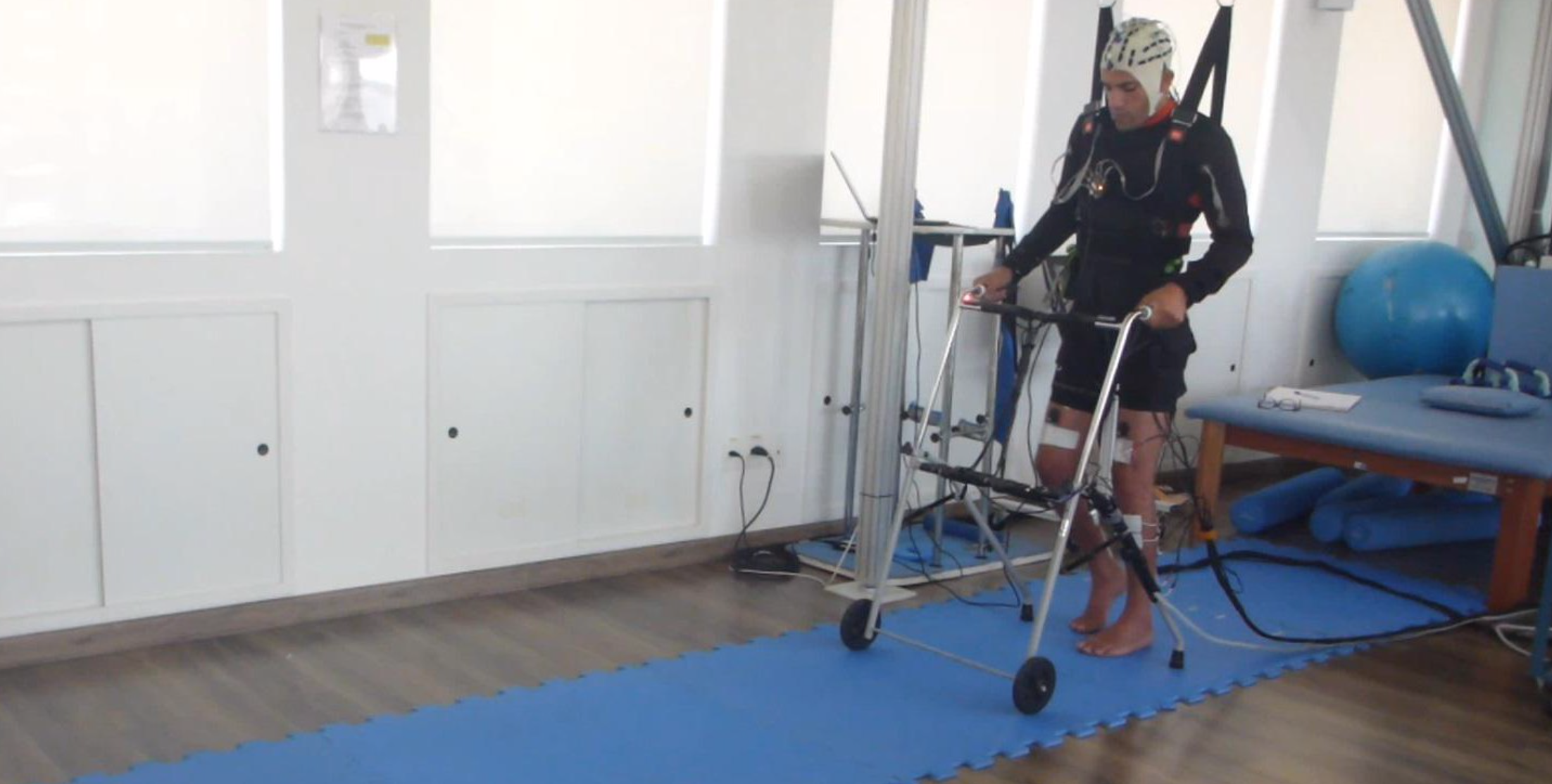Miguel Nicolelis has developed a non-invasive system for lower-limb neurorehabilitation.
Study subjects wore an EEG headset to record brain activity and detect movement intention. Eight electrodes were attached to each leg, stimulating muscles involved in walking. After training, patients used their own brain activity to send electric impulses to their leg muscles, imposing a physiological gait. With a walker and a support harness, they learned to walk again, and increased their sensorimotor skills. A wearable haptic display delivered tactile feedback to forearms, to provide continuous proprioceptive walking feedback.
The system was tested on two patients with chronic paraplegia. Both were able to move with less dependency on walking assistance, and one displayed motor improvement. Cardiovascular capacity and muscle volume also improved.
Click to view EPFL video
Join ApplySci at the 12th Wearable Tech + Digital Health + Neurotech Boston conference on November 14, 2019 at Harvard Medical School and the 13th Wearable Tech + Neurotech + Digital Health Silicon Valley conference on February 11-12, 2020 at Stanford University
